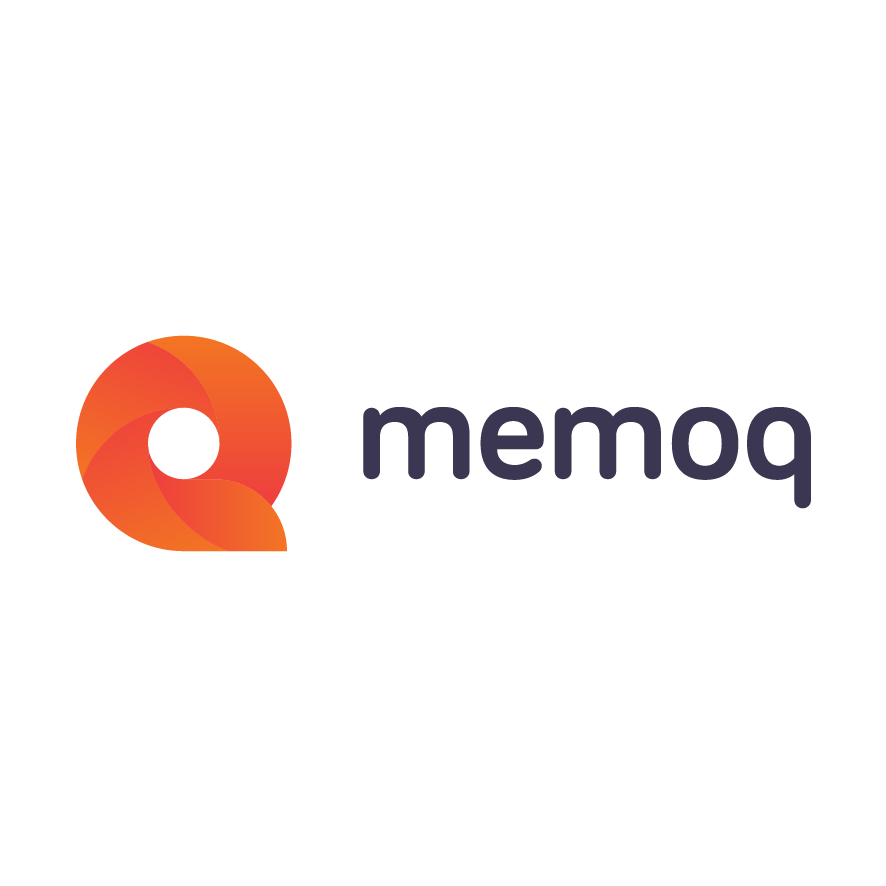IVANNOVATION, a global translation and localization company based in Greenville, SC, has used memoQ TM to create a translation toolkit which helps organizations translate critical pandemic-related information for non-English speakers.
The idea was to speed up and accelerate the process of getting materials translated about COVID-19, while making it more affordable,” says Darren Jansen, Marketing Director at IVANNOVATION. While the spread of coronavirus has wreaked havoc on the daily life of many Americans, language barriers have put non-English speakers at even greater risk. There has been a significant delay in making English materials available in Chinese, Spanish or Vietnamese, for example. “Getting information out there is critical to stopping the spread of the virus, but some of the population is not able to get this information as quickly as others. And that affects everyone.
This is how the idea of the COVID-19 Response Translation System, or CRTS, came to be. Rolled out in early May, the solution uses machine translation and historical data to provide a faster and more cost-efficient way for local governments, health care providers and corporate health departments to share new COVID-19-related information with non-English speaking audiences. It combines memoQ’s advanced translation technology, language resources and expert human translators to increase the speed and accuracy of translating materials on COVID-19 testing, treatment and containment.
“CRTS is like a toolkit, which offers many assets to do the job right. Instead of searching hundreds of resources for the right terminology and meaning, translators and companies can use our system to jump ahead in the game because they have a lot of translated terms and sentences about COVID-19,” explains IVANNOVATION founder Yuri Ivanov in the company’s news release. The system runs on a neural machine translation engine trained with a massive bilingual corpus on topics like viruses, epidemiology and medicine and can translate technical materials into all major European and Asian languages.
An avid user of memoQ since 2010, IVANNOVATION has created several translation memories and collected a huge corpus of bilingual data over the years. To build CRTS, Yuri and his team hired an external company to train a Microsoft engine to work with this bilingual corpus. “If anybody has any document, they load it into memoQ and run it through a TM first to find any matches. If not, it is processed within the MT that is, then, trained on this corpus,” he describes the inner workings of the solution. The result? More refined and accurate translations compared to machine translation engines like Google Translate, and timely, reliable health information accessible to the public.
“The idea was to speed up and accelerate the process of getting materials translated about COVID-19, while making it more affordable,” says Darren Jansen, Marketing Director at IVANNOVATION. While the spread of coronavirus has wreaked havoc on the daily life of many Americans, language barriers have put non-English speakers at even greater risk. There has been a significant delay in making English materials available in Chinese, Spanish or Vietnamese, for example. “Getting information out there is critical to stopping the spread of the virus, but some of the population is not able to get this information as quickly as others. And that affects everyone.”
This is how the idea of the COVID-19 Response Translation System, or CRTS, came to be. Rolled out in early May, the solution uses machine translation and historical data to provide a faster and more cost-efficient way for local governments, health care providers and corporate health departments to share new COVID-19-related information with non-English speaking audiences. It combines memoQ’s advanced translation technology, language resources and expert human translators to increase the speed and accuracy of translating materials on COVID-19 testing, treatment and containment.
“CRTS is like a toolkit, which offers many assets to do the job right. Instead of searching hundreds of resources for the right terminology and meaning, translators and companies can use our system to jump ahead in the game because they have a lot of translated terms and sentences about COVID-19,” explains IVANNOVATION founder Yuri Ivanov in the company’s news release. The system runs on a neural machine translation engine trained with a massive bilingual corpus on topics like viruses, epidemiology and medicine and can translate technical materials into all major European and Asian languages.
An avid user of memoQ since 2010, IVANNOVATION has created several translation memories and collected a huge corpus of bilingual data over the years. To build CRTS, Yuri and his team hired an external company to train a Microsoft engine to work with this bilingual corpus. “If anybody has any document, they load it into memoQ and run it through a TM first to find any matches. If not, it is processed within the MT that is, then, trained on this corpus,” he describes the inner workings of the solution. The result? More refined and accurate translations compared to generally available, stock machine translation engines like Google Translate, and timely, reliable health information accessible to the public.

memoQ
memoQ is among the world's leading translation management systems. The favorite productivity tool for translation professionals around the globe.




